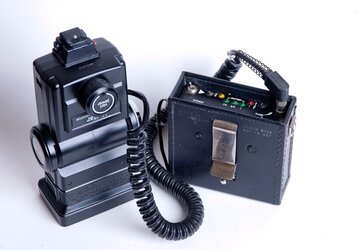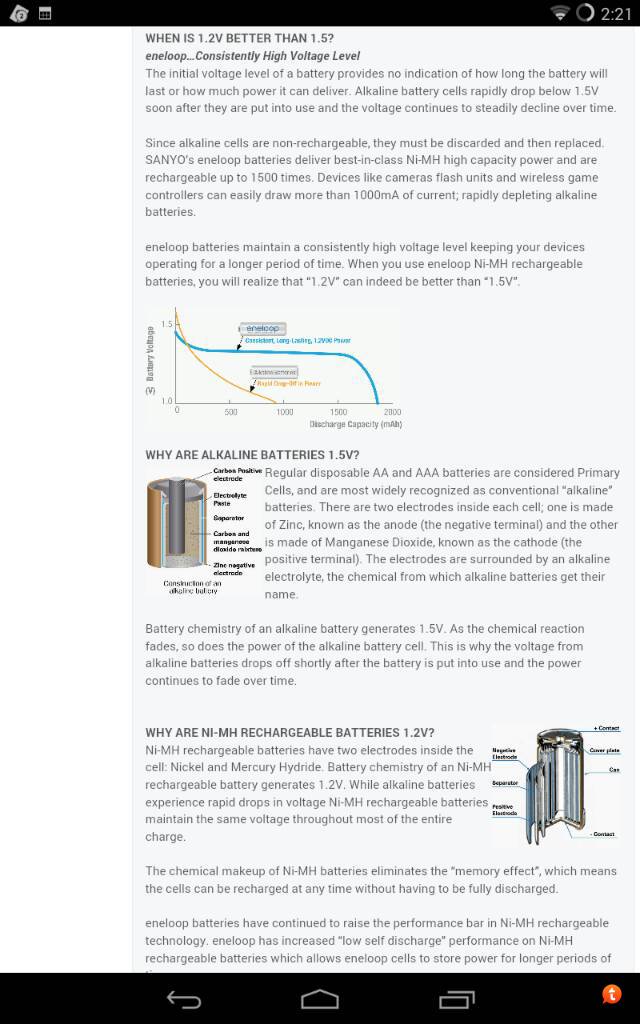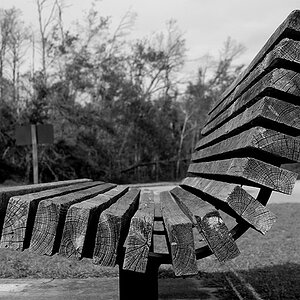ecphoto
TPF Noob!
- Joined
- Mar 6, 2012
- Messages
- 320
- Reaction score
- 18
- Location
- Southern California
- Can others edit my Photos
- Photos OK to edit
I've been wondering if its a good practice or not. I know that the voltages are slightly different on rechargeables 1.2v compared to something like a Duracell with 1.5v. I would be using them on a regular speed light and maybe a power pack too. Till now I've just been using regular Duracell's. I was just wondering if they perform well or if the affect your recycling or power.







![[No title]](/data/xfmg/thumbnail/35/35268-34a315519597f60516d59124092e9bc2.jpg?1619736971)







